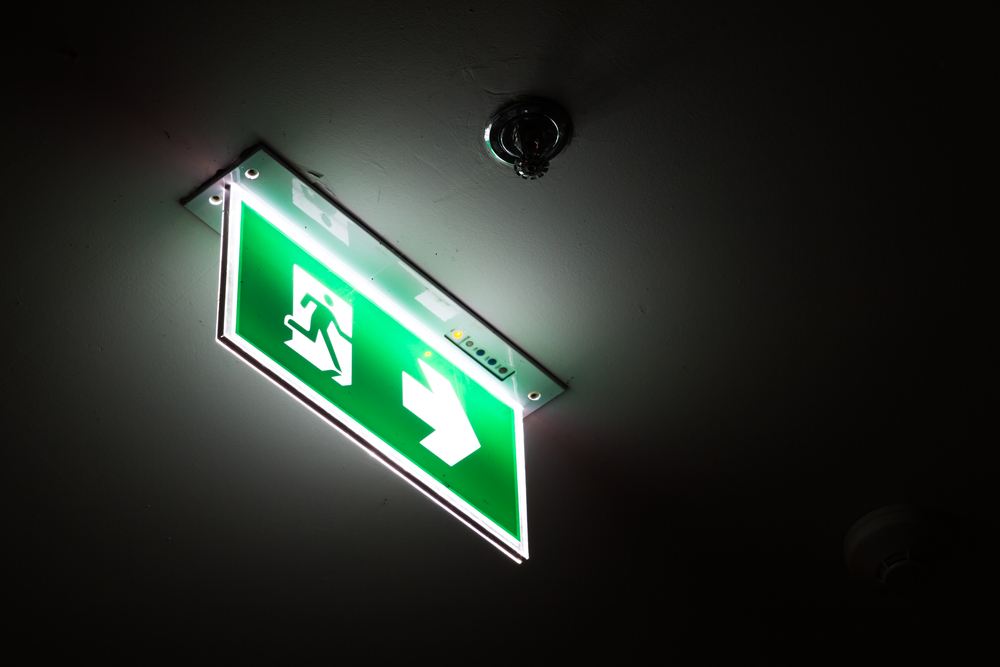As a landlord, your primary legal responsibility is to provide a safe living environment for your tenants – ensuring that their dwelling is not only as secure as possible but meets every safety standard required.
There are three main fire safety precautions you are required to take – performing a fire risk assessment, testing all alarms and completing an evacuation plan – but it’s also crucial to be aware of your obligations around emergency lighting.
You might know that houses of multiple occupancy (HMOs) must have adequate emergency lighting, but remember that within any managed building it’s also compulsory to fit emergency lighting in any common areas or routes of entry and exit.
The consequences of neglecting legal requirements around emergency lighting are severe, so here’s everything you need to know in order to fulfil your duties.
What is emergency lighting?
Emergency lighting is any light source that runs on a separate, battery-powered system to a building’s main power supply, and provides the necessary levels of illumination in the event of a power outage caused by a fire or otherwise. It ensures this by kicking in automatically when the main power drops.
Many new buildings have emergency lighting installed as standard, but if you manage property within an existing building it’s vital to ensure that emergency lighting is both installed and maintained.
Emergency lighting can be subdivided into two categories:
- Standby lighting which allows normal activity to continue in the event of a power cut
- Emergency escape lighting which illuminates exits and escape routes in the event of a fire or other evacuation
What types of emergency escape lighting do I need to provide?
Defined by the British Standards Institution as “that part of emergency lighting that is provided to enable safe exit in the event of failure of the normal supply” emergency escape lighting can be split into the following three categories, all of which must be provided:
- Escape route lighting
This clearly identifies and illuminates exits when power is lost – emergency sign boxes over doors are one of the most common examples.
- Open area lighting
This provides more widespread and general lighting to any common areas and routes out of the building, minimising panic and helping occupants reach an exit quickly.
- High risk task area lighting
This is specific to places where high risk tasks, such as the use of tools or machinery, might be being performed in the event of an emergency. It must provide at least 10% of the normal levels of illumination.
How often does emergency lighting have to be tested?
There are two types of test required for emergency lighting, and both of them need to be routinely carried out.
- Monthly tests should cover the basic functionality of the emergency lighting. This means that although thorough they only need to be short in duration.
- Annual tests should switch on all emergency lighting for its full minimum duration, ie. the minimum length of time it can stay on in the event of a power outage. Under UK law this is three hours for a residential property. The lighting should still be working at the end of the test.

